Panamanian Hartman Manor Coffee beans Red Wine treatment is soaked in red wine?
Professional coffee knowledge exchange more coffee bean information please follow the coffee workshop (Wechat official account cafe_style)
Recently, a small friend asked Qianjie, is the red wine treatment is to soak coffee beans in red wine? Does this coffee contain alcohol? No, the coffee beans treated with red wine only ferment the coffee beans by making red wine, instead of soaking them in red wine. Alcohol is produced more or less when coffee beans are fermented with pulp, but after baking at high temperature, the alcohol is completely volatile, so there is no need to worry about alcohol residue in the coffee beans. In front of this article, let's talk about the coffee beans treated with red wine at Hartman Manor in Panama.
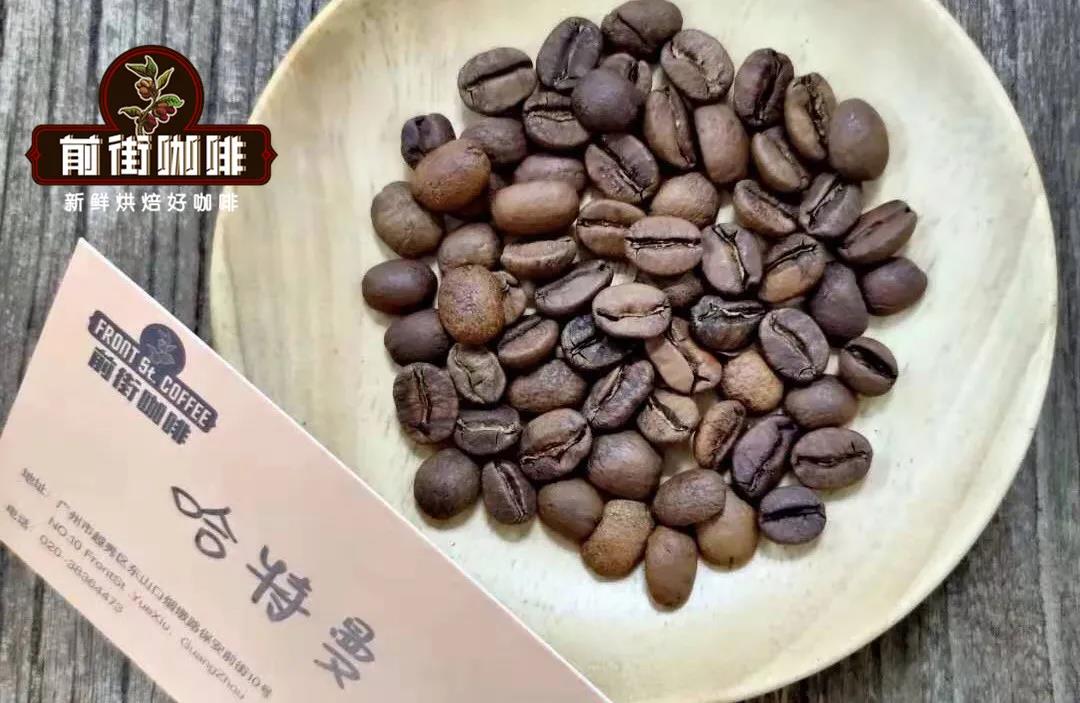
Front Street Coffee-Hartman Manor Red Wine treated Coffee beans
Producing area: Walken, Panama
Manor: Hartman Manor
Altitude: 1250-1700m
Treatment method: red wine treatment
Variety: Kaduai
Hartman Manor
Finca Hartmann
Coffee from the Volcan region of Panama has gradually emerged in the boutique market in recent years. The dry and cool climate of the Walken producing area, fertile Baru volcanic soil and an altitude of more than 1700m provide an excellent environment for plants to grow. In the early days, the Walken area mostly planted fruits, vegetables and other cash crops, and only a few farmers grew coffee, among which the pioneer of coffee cultivation in the Walken area belonged to the Hartman family, which was well-known in Panama.

Hartman Manor is continuously run by the third generation of the family, and Mr. Ratibor Hartmann and his four siblings play different roles in the estate, living together and growing coffee for a living. The publication of books on the theme of bird-friendly and shady cultivation of Hartman Manor and the sign of the big beak to Hartman Manor shows that Hartman Manor is committed to environmental protection and the cultivation of coffee is green. The fertilizer used is also fermented from the peel and pulp of the coffee fruit.
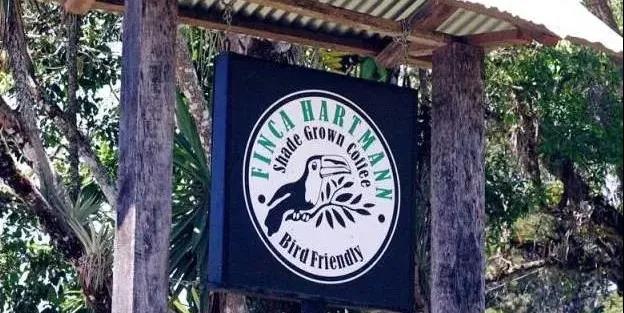
The Hartman family also manages and handles coffee for many Panamanian estates, such as Best of Panama's victorious mule estate (Finca La Mula) and the 90 + estate in Panama are under the management of the Hartman family. Although the estate is very low-key, Best Of Panama will rarely see them, but their coffee is one of the best in Panama. Panamanian coffee is famous today, thanks to the Hartman family.
Kaduai variety
Catuai
It was artificially bred by the Institute of Agriculture of the State of Sao Paulo (IAC) in Campinas, Brazil, using a hybrid of New World (Mundo Novo) and Huangkadura (Yellow Caturra), originally known as "Hmer 2077". Kaduai inherits the attributes of high yield, strong disease resistance and good cup-tested varieties in the New World, and inherits the attributes of Kaddura's small size, high-quality sour and exposed coffee.
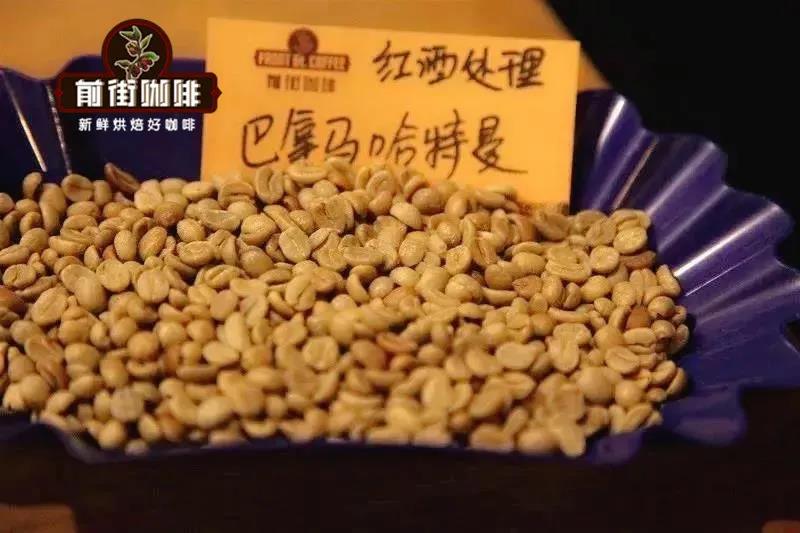
Red wine treatment
Fermented coffee similar to red wine treatment greatly enhances the sweetness, cleanliness and multi-level complex and elegant acidity of the coffee. This fermentation method greatly improves the quality and uniqueness of coffee products. Red wine treatment, also known as controlled fermentation, or lactic acid / acetic acid fermentation.
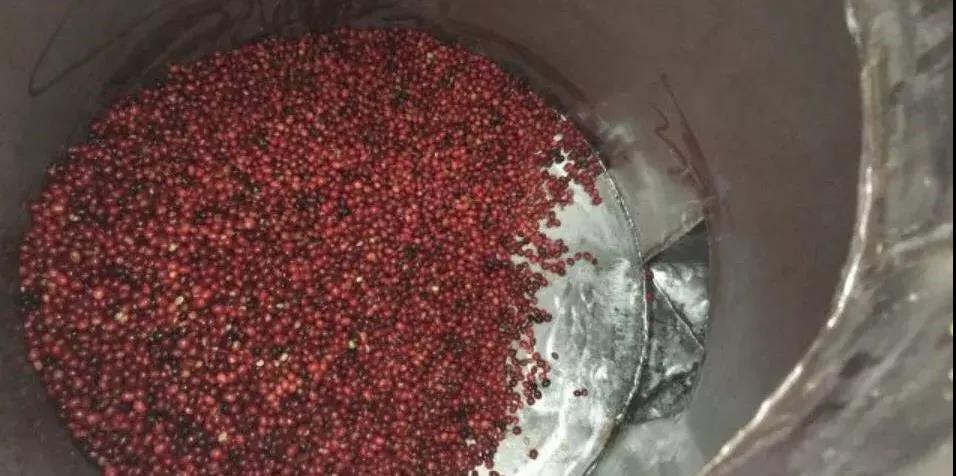
After collecting the fruit, the manor carefully selects the red coffee fruit to ensure that among the coffee fruits selected for processing, the percentage of immature fruit is less than 2%, the rate of defective beans is less than 3%, and the ratio of floating beans is less than 5%. The selected coffee fruit is placed in a specific container with a device similar to a red wine fermentation suppository or a single exhaust valve.

In this way, carbon dioxide can be spilled through the device to control the concentration of air in the container. At this time, the coffee fruit in the container is acetic acid fermentation, this reaction of the beans, the flavor is relatively bright, clean, citric acid taste. Qianjie believes that the coffee beans treated with red wine will have the fermented aroma of red wine, mellow taste and clean acidity.
Experience of coffee baking in Qianjie
The front street baker uses Yang family 800N semi-direct fire, and the amount of beans is 600g. Enter the pot when the furnace temperature is 200 degrees Celsius, adjust the firepower to 170 degrees after opening the throttle for 3 and 30 seconds, keep the throttle unchanged, the temperature recovery point is 1: 39 ", keep the firepower, when 4: 57", the bean surface turns yellow, the smell of grass disappears completely, enter the dehydration stage, the firepower is reduced to 130 degrees, and the throttle is maintained at 3.5 degrees.
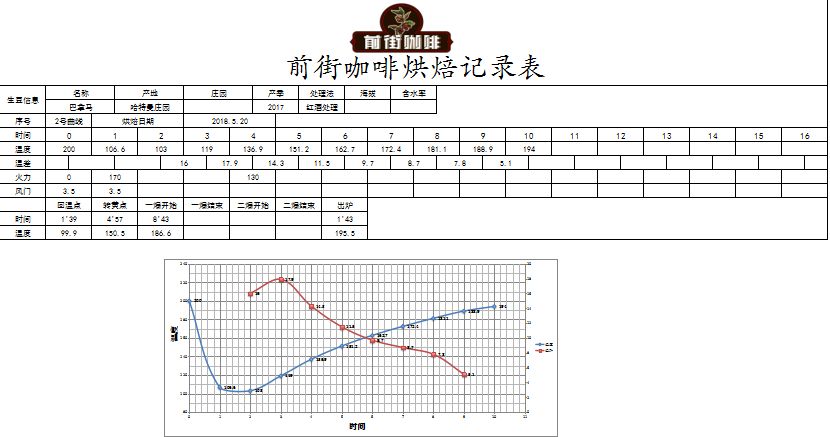
After dehydration, the firepower dropped to 80 degrees and black markings appeared on the bean surface at 8: 00, and the smell of toast obviously changed to coffee, which can be defined as a prelude to an explosion. At this time, it is necessary to listen carefully to the sound of an explosion point. "start an explosion at 8: 43", adjust the firepower to 60 degrees, and the throttle should be fully opened 5 (the firepower should be very careful, not so small as to be free of bursting sound), and develop 1: 43 "after an explosion." Put it in the pot at 195.5 degrees.
Coffee cup test report on Qianjie
Qianjie Coffee will be tested within 8-24 hours after the sample beans are roasted. The cup commonly used by baristas in front street is a ceramic bowl with a capacity of 200ml. The water temperature used in the cup test is 94 °C, the grinding degree is controlled as 20 standard screen (0.85 mm), and the passing rate is 70% Mel 75%. Ratio: 11.1 grams of coffee powder plus 200 milliliters of hot water, that is, 18.18, so that the concentration of extraction happens to be within the range of 1.15% Murray 1.35% gold cup, and the soaking time is 4 minutes.
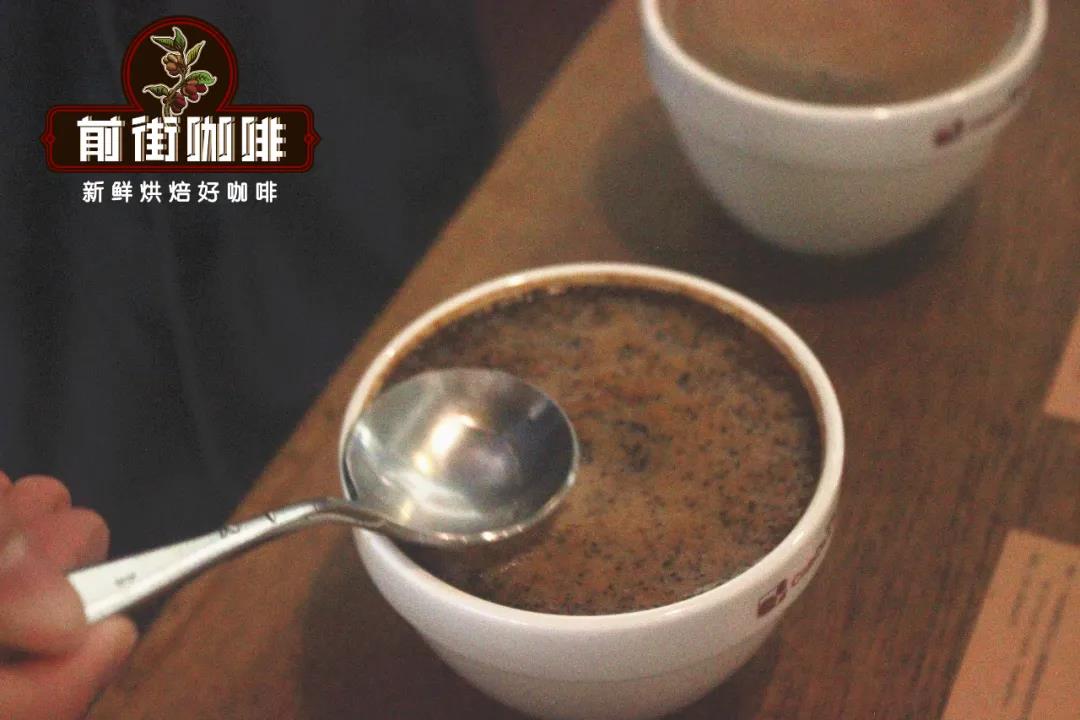
Dried incense: oranges, jasmine
Shixiang: red wine, honey
Flavor: tropical fruits, nuts, red wine, honey, sugar
Experience of brewing coffee in Qianjie
Filter cup: V600001
Water temperature: 90 ℃
Powder / water ratio: 1:15
Degree of grinding: medium and fine grinding / BG6s (pass rate of Chinese standard No. 20 screen is 80%)

The front street uses segmented extraction: the first stage injects 30 grams of water for 30 seconds, the second stage injects 95 grams of water (125 grams indicated by the electronic scale), about 1 minute 05 seconds to complete the injection, the third stage injects 100 grams of water (225 grams indicated by the electronic scale), about 1 minute 40 seconds to complete the injection; the extraction time, 2 minutes 05 seconds, remove the filter cup to complete the boiling.
Brewing flavor: the entrance is supple, the sour taste is lively and bright, the acidity is soft, the layer is rich, the aftertaste of red wine is obvious, the taste of honey and sucrose is obvious, after complete cooling, the flavor of yellow sugar.
For more boutique coffee beans, please add private Qianjie coffee on Wechat. WeChat account: kaixinguoguo0925
Important Notice :
前街咖啡 FrontStreet Coffee has moved to new addredd:
FrontStreet Coffee Address: 315,Donghua East Road,GuangZhou
Tel:020 38364473
- Prev
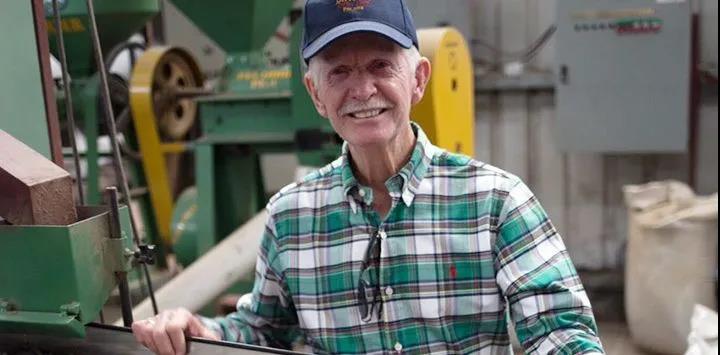
Differences between Jensen Manor and Emerald Manor Rose Summer Coffee beans in Walken area of Panama
Professional coffee knowledge exchange more coffee bean information please follow the coffee workshop (Wechat official account cafe_style) if the emerald estate in Pocket of Panama has the largest output, then Jensen Manor in Walken is the second largest. A few articles before Qianjie introduced the coffee manor in the Pokuit area. I believe everyone is no stranger to the Pokuit area.
- Next
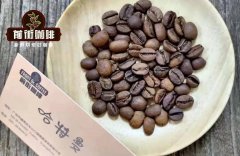
Panamanian Hartman Manor Coffee beans Red Wine treatment is soaked in red wine?
Professional coffee knowledge exchange more coffee bean information Please follow the coffee workshop (Wechat official account cafe_style) recently a friend asked Qianjie, is the red wine treatment is to soak coffee beans in red wine? Does this coffee contain alcohol? No, the coffee beans treated with red wine only ferment the coffee beans by making red wine, instead of soaking the coffee beans in red wine.
Related
- Beginners will see the "Coffee pull flower" guide!
- What is the difference between ice blog purified milk and ordinary milk coffee?
- Why is the Philippines the largest producer of crops in Liberia?
- For coffee extraction, should the fine powder be retained?
- How does extracted espresso fill pressed powder? How much strength does it take to press the powder?
- How to make jasmine cold extract coffee? Is the jasmine + latte good?
- Will this little toy really make the coffee taste better? How does Lily Drip affect coffee extraction?
- Will the action of slapping the filter cup also affect coffee extraction?
- What's the difference between powder-to-water ratio and powder-to-liquid ratio?
- What is the Ethiopian local species? What does it have to do with Heirloom native species?

